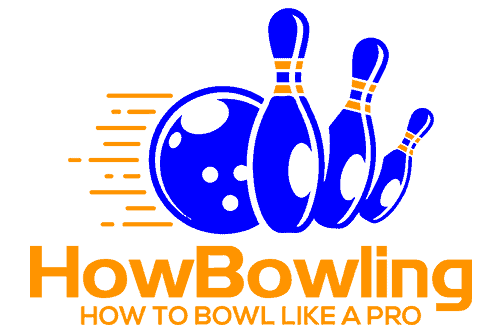Many factors affect how a bowling ball performs when thrown down a lane. In addition to lane conditions and a player’s bowling style, various specifications of a bowling ball also play an essential role in this context. Two of these parameters are the radius of gyration or RG and the differential of RG.
The radius of gyration is the distance from the center of mass to the axis of rotation of the bowling ball. It is measured in inches. And the differential of RG is the difference between the maximum and minimum RG of the ball or the X and Y-axes of the weight block.
Anything that rotates about its axis is guaranteed to have a radius of gyration and differential. So, in simple terms, RG helps determine how much torque will be applied to the object to put it into motion depending on the point where the mass is concentrated. The nearer this point is to the axis of rotation, the less torque will be required and vice versa.
Both these factors have a significant effect on the performance of a bowling ball. The right combination of RG and differential for your bowling style and lane conditions can make a big difference in your game. Moreover, if you know what these terms mean, you can choose a bowling ball more wisely.
So, let’s discuss what RG and differential RG mean and why they are important in determining the performance of a bowling ball.

What is RG in a Bowling Ball?
The RG of a bowling ball is a measure of how the weight of the ball is distributed. A higher RG means the weight is more evenly distributed, while a lower RG means the weight is more concentrated towards the center of the ball.
A ball with a high RG is likely to be more stable and follow a more predictable path than a ball with a low RG. Another reason that makes RG a significant factor is that it helps to estimate your breakpoint. This means if you choose a ball with a higher RG, your breakpoint will be close to the pocket, and the ball will turn sharply at that point.
If you want your breakpoint to be close to you, then you must choose a ball with a lower RG. That doesn’t mean that a ball with a low RG will always perform poorly. Such a ball is useful when you want the ball to turn early.
RG for bowling balls ranges from 2.460 to 2.8 inches. So, if you’re looking for a high-RG ball, you would want its RG to fall somewhere between 2.6 to 2.8. Higher RG is realized when the weight of the ball is located close to the coverstock.
What is the Differential of RG in a Bowling Ball?
The differential is the difference in the radius of gyration between the core and the shell of the ball. A higher differential means the ball will have more hook potential, while a lower differential means the ball will have less hook potential.
Read more here: How to Hook a Bowling Ball.
Differential helps to predict a ball’s flare potential. Or in other words, it represents how much the ball is going to come in contact with the lane. A more significant differential means the ball touches the surface more, while a smaller differential represents less surface contact with the lane.
Low flare balls (with a low differential) are more suitable to be used in dry lane conditions, and high flare balls are designed for oily conditions. If you want to choose the right ball, check out its “flare potential” to predict its performance in different lane conditions.
Manufacturers design different bowling balls to suit every player’s skill level, experience, lane condition, and style of bowling. As a result, you will find a wide range of balls with varying combinations of RG and differential allowing you to predict their performance on the lane.
However, it would help if you practiced with a particular ball to see how it reacts and adjust your style according to its performance. In the next section, we are going to explore why RG and differential are not the only specifications that determine the efficacy of a ball.
Why Are RG and Differential Important?
Usually, a bowling ball is judged by the amount of hook potential it possesses. The more the hook potential, the better a ball will perform. However, this is not true for all bowlers. A ball that will hook more on the lane is also challenging to control and is, therefore, not suitable for beginners.
The differential of RG is important because it helps to predict this feature of a bowling ball. By knowing RG and its differential, you can determine how useful a particular ball is going to be depending on the type of delivery you are planning and your skill level.
A bowling ball with higher RG preserves its energy for the back end. RG cannot be lower than 2.460 inches according to the USBC rules and regulations. However, you would typically see this rating represented as simply a number on a scale of 1-10 instead of distance in inches.
Higher this value, the higher the RG and vice versa. If this number is low, you can instantly guess that the ball’s mass is distributed more towards its center. Because of this reason, balls with low RG are known as center heavy, and balls with high RG are called cover heavy.
It would help if you remembered that a good combination of RG and its differential is desirable, but that doesn’t mean the ball will always perform in the same manner. In some cases, coverstock also determines how the ball is going to react regardless of its RG and differential.
For example, a polished finish almost always offers a ball more length and a controllable down-lane motion, even if its RG is not very high. Similarly, you can expect a smoother backend reaction if the ball doesn’t have a polished finish, but its RG and differential both are towards the lower end.
Read more on the different styles of coverstock here: What is Coverstock on a Bowling Ball?




